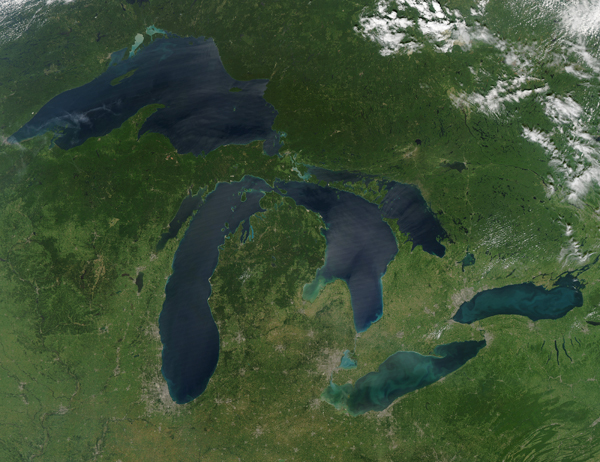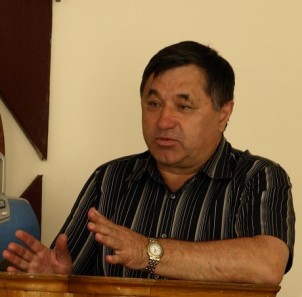UN special report on Fukushima criticizes handling of radiation catastrophe, suggests positive steps forward
Anand Grover, the United Nations Special Rapporteur reports on Fukushima, some highlights:
-potassium iodine was not handled properly.
-government did not evacuate properly or communicate radiation doses and implications to the public.
-government neglected hotspots and used 20msv/year limit implying this was safe which is not.
-radiation monitoring stations did not adequately reflect exposure data. Therefore all validated data, alot being collected by private individuals, should be made public.
-provide holistic and comprehensive treatment for ALL radiation effected zones and include wider health consequences than the current health survey.
-err on side of caution and monitor health outcomes for an extensive period of time.
-allow individuals access to their health data and that of their children.
-initiate long-term monitoring of sub-contract workers at the ruined plants.
-evacuation centers did not provide adequate facilities for women with children and the disabled and elderly. Separation of families due to inadequate evacuation procedures has caused unnecessary anguish.
-government needs to strengthened food contamination monitoring.
-adopt an action plan with clear timeline to reduce contamination to 1msv per year.
-restore subsidies to all evacuees so they can make proper decisions about whether to return or leave.
-government ensure that TEPCO is held financially accountable and that taxpayers are not.
-ensure participation of effected people, particularly vulnerable groups during all parts of decision-making process, including health services and decontamination. This is not currently being done.
-implement the “act on protection and support for children, and other victims of the Tepco disaster” which was enacted in June, 2012. This act provides a framework for those affected by the disaster and provides opportunity to enlist affected people in decision-making. video
 admin
admin
The position of UN Special Rapporteur on the right to health was created in this century. This interim report on the Fukushima disaster appears to represent the first time an investigation has linked health impacts of industrial radiation from a nuclear catastrophe to human rights -- in this case the right to health for both children and adults. A final report will be issued in June of 2013. Stay tuned to Beyond Nuclear for updates. See the UN press release. NECN.com







